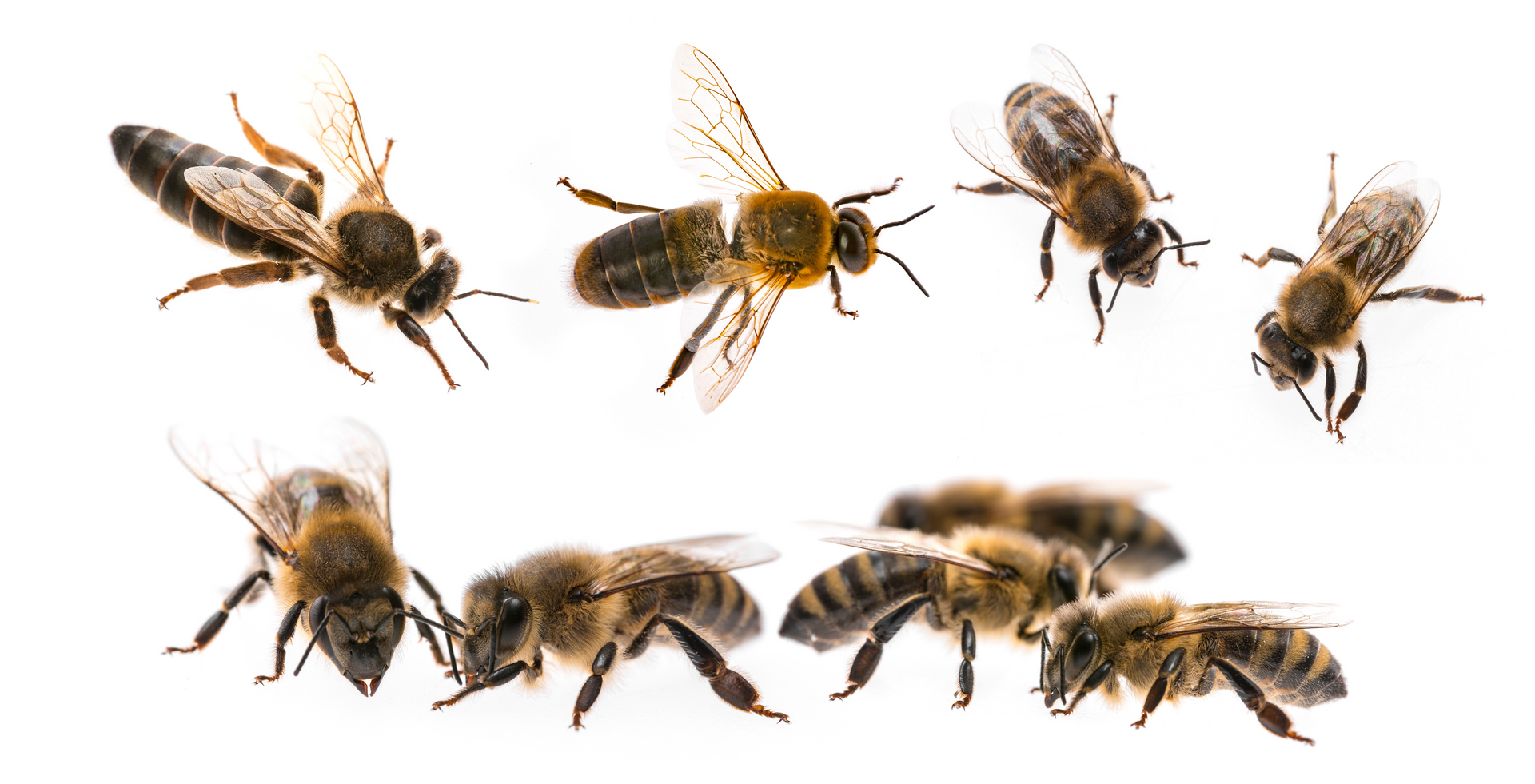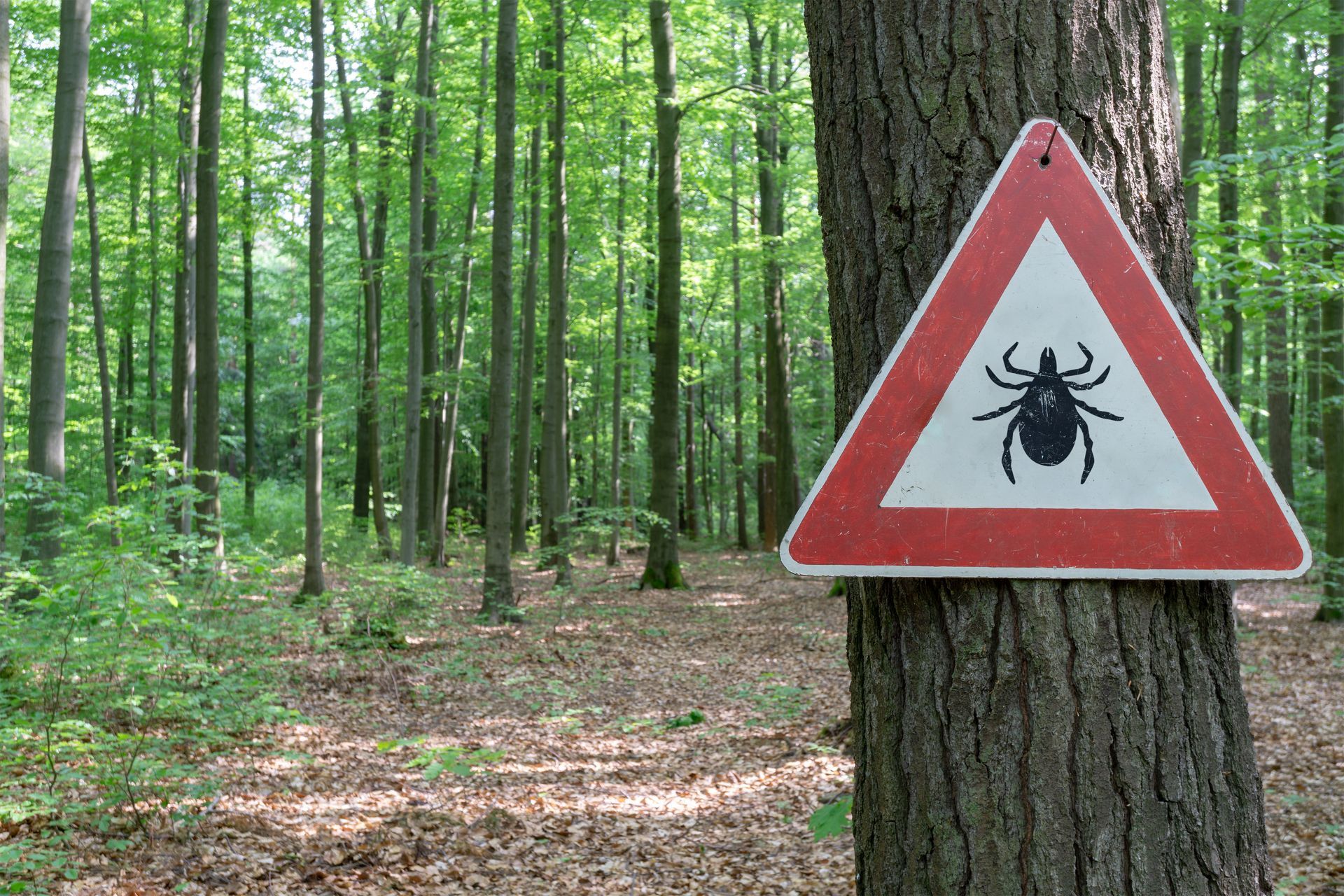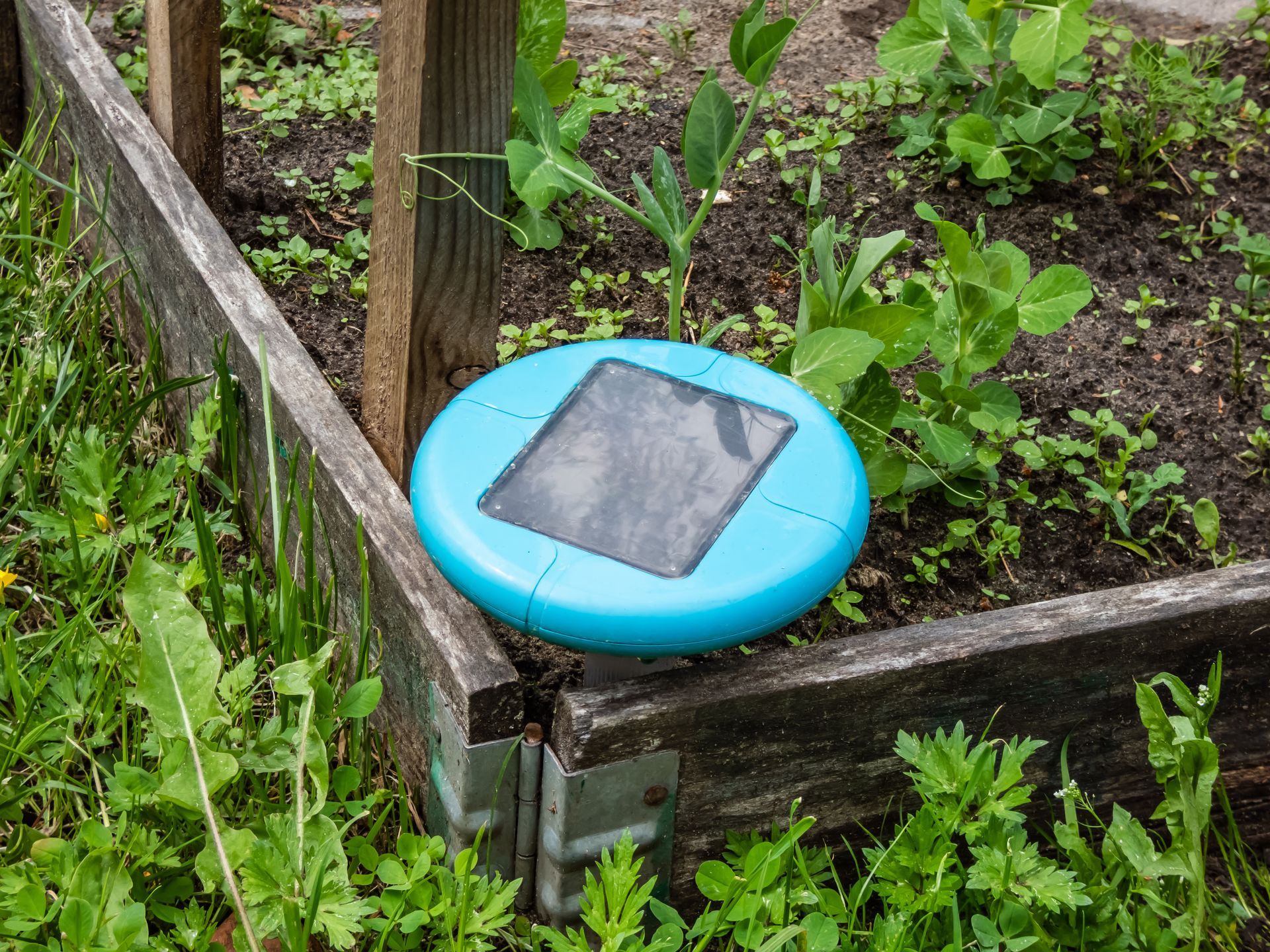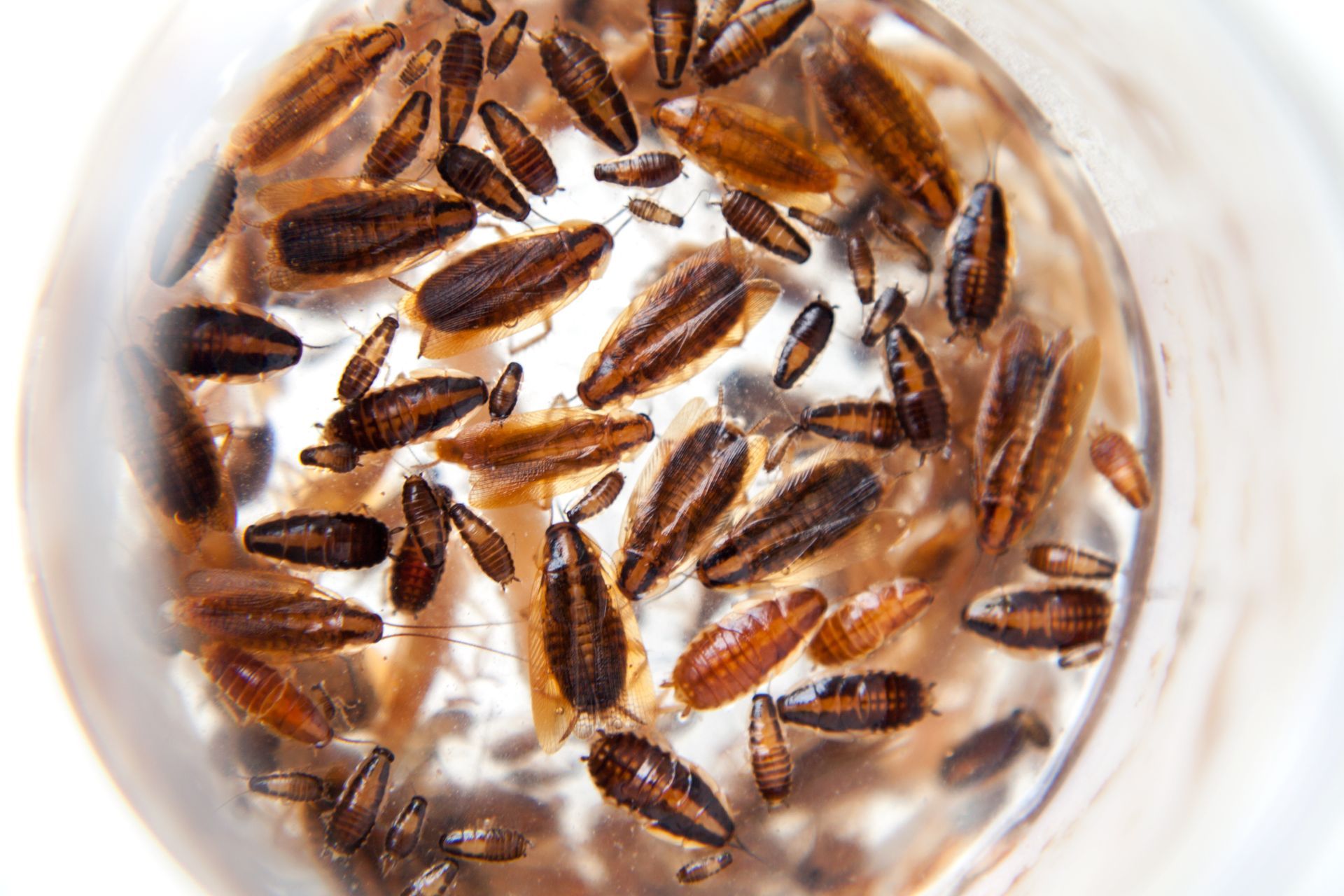How to Get Rid of Carpenter Ants in the House
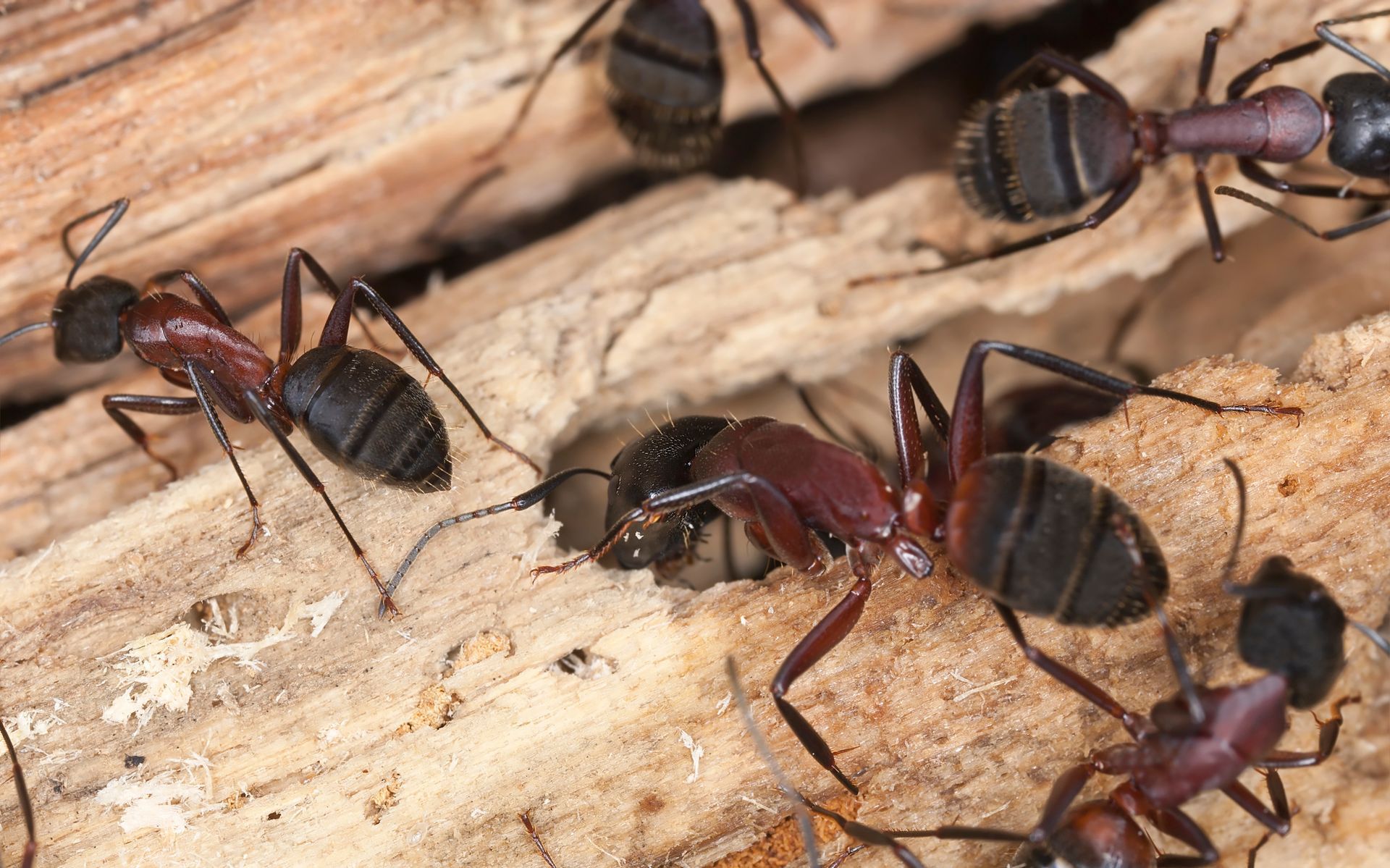
Carpenter ants are a significant pest problem that are capable of causing extensive damage to the wooden structures within your home. These relatively large ants create nests by hollowing out decaying wood which can compromise the structural integrity of your house if left unchecked. Unlike termites, carpenter ants do not eat wood. Instead, they remove decayed wood to establish their colonies by tearing little pieces of wood away with their mandibles. This process can lead to serious and often hidden damage over time.
In this article, we will guide you through the best methods to get rid of carpenter ants in your house before they cause substantial harm. From identifying carpenter ants to eliminating their nests and preventing their return, we will provide you with comprehensive steps to safeguard your home against these destructive pests.
How to Get Rid of Carpenter Ants Inside
Once you have identified a carpenter ant infestation inside your home, it’s crucial to take immediate action. There are two main methods to eliminate carpenter ants: baiting and pesticide treatments.
Indoor Baiting
Baiting is one of the most effective strategies for getting rid of carpenter ants, especially when their colonies are concealed or inaccessible. The process involves using toxic bait that the ants carry back to their nest which effectively spreads the poison throughout the entire colony. These baits can be found at your local hardware store but be sure to purchase poisonous gel baits specifically designed for carpenter ants. Mix this bait with a teaspoon of sugar and a teaspoon of milk to entice the ants. Apply the mixture along the ants’ trails and areas where they are active. The slow-acting nature of the bait ensures that it takes approximately three days to work so that the ants are able to distribute the poison within the colony before dying.
Indoor Pesticide Treatments
Pesticide treatments are another effective method for getting rid of carpenter ants inside your home. Pyrethrin-based pesticides are a popular choice among environmentally conscious homeowners, as pyrethrin is derived from chrysanthemum flowers and works by paralyzing and killing the ants. To use pyrethrin, locate the nest, drill small holes, and inject the spray directly into the colony. It's important to avoid pyrethroid-based products which are blends of pyrethrin and other chemicals, as they are not as safe as pure pyrethrin.
For hard-to-reach areas inside your home, consider using foaming products which expand to fill tunnels and deliver the pesticide deep into the nest. Always prioritize safety by avoiding spraying near electrical outlets and junction boxes, and instead opt for insecticide dust in those areas. Proper application of these carpenter ant treatments can significantly reduce and eventually eliminate carpenter ant infestations.
Apply Diatomaceous Earth
Diatomaceous earth (D.E.) is a natural and effective substance for getting rid of carpenter ants and other insects by dehydrating them. It works by breaking down the ants' tough exoskeleton, causing them to die from dehydration. Unlike many other desiccant products, diatomaceous earth is completely organic and safe to use around the home which makes it a popular choice for homeowners. However, it’s important to handle D.E. with care, as inhaling the dust can cause lung irritation. Although it is safe for pets and children, caution should still be exercised during application.
To apply diatomaceous earth, drill one-inch diameter holes every six inches around the affected areas and use a bulb duster to blow the D.E. into these holes. Additionally, D.E. can be blown behind electrical switch plates and into wall voids to ensure thorough coverage. By infiltrating the cracks and crevices where carpenter ants create their nests, diatomaceous earth can naturally and quickly eliminate the colonies.
How to Get Rid of Carpenter Ants Outside
Treating carpenter ants inside your home doesn’t always take care of the root problem if they have established a parent colony outside. In order to fully eradicate a carpenter ant problem, the entire colony needs to be located and treated.
Find and Remove the Nest
Finding and removing the carpenter ant nest is one of the most effective methods to eradicate these pests from your home. Carpenter ants typically nest in soft, decaying wood which can be found in wood piles, dead tree stumps, lumber debris, and wooden structures like sheds, patios, decks, and footings. Once you locate the nest, remove the decaying wood and replace it with sound material. It is also important to address sources of moisture so that the replacement wood doesn’t rot as well. By eliminating the nesting sites and correcting moisture problems, you can significantly reduce the chances of a carpenter ant infestation reoccurring. This method not only removes the current nest but also prevents future colonies from being established in the same area.
Outdoor Baiting
The same bait strategy that was used indoors can also be used around the perimeter of your home and near potential nesting sites like the base of trees, piles of firewood, or stumps. If you can identify the specific path the ants use between their nest and your home, place the bait heavily along this route. Additionally, consider using tamper-proof bait stations if you have pets or young children to ensure safety. Regular reapplication can help achieve comprehensive control over carpenter ant infestations.
Outdoor Pesticide Treatments
For exterior treatments, non-repellent sprays like Termidor SC are highly recommended. Termidor SC is particularly effective, as it remains active for years after application to provide long-term protection. This spray should only be used outdoors and applied around the foundation of your home and any suspected ant trails or colonies. It’s essential to use non-repellent sprays because they allow the ants to carry the insecticide back to the colony which ensures that the entire nest is affected. When using these sprays, follow the label instructions carefully and apply them around the foundation and any wet or rotting wood.
Treat Outdoor Nests with Direct Dusting
Treating nests with direct dusting is a highly effective method for eliminating carpenter ants when you have access to the nest. This technique involves using a specialized insecticide dust which is designed to target and kill carpenter ants rapidly. To apply the dust, follow the instructions on the packaging carefully and ensure that you use a duster to reach deep into the nest. This method ensures that the dust comes into contact with the queen and the entire ant colony for swift eradication.
When using chemical dust, it is crucial to handle it with care, especially if there are children or pets around. The chemicals can be toxic, so take precautions to apply the dust safely and correctly. Wearing protective gear and following the manufacturer's safety guidelines can help minimize risks.
Boric Acid Treatments
Boric acid is an effective chemical for quickly eliminating a carpenter ant infestation. To use this method, visit a garden supply store to obtain boric acid. Mix the boric acid with powdered sugar in a ratio of approximately 1/3 sugar to 2/3 boric acid. Place the mixture in bottle caps and distribute them in areas where you have observed carpenter ant activity. The worker ants will carry the bait back to the nest, where the boric acid will penetrate and dissolve inside their bodies, ultimately killing the ants in the nest.
Boric acid works by interfering with the ants' digestive processes and can be used in a refined and concentrated form, known as borax, for smaller infestations. Borax is a naturally occurring mineral and is often regarded as a non-toxic, organic control method. While it can take several weeks of systematic baiting to eliminate an entire colony, boric acid is a powerful tool in the fight against carpenter ants. For more direct application, boric acid can be injected as a fine dust or spray directly into the colonies.
Contact EcoGuard Pest Management
If DIY methods aren't resolving your carpenter ant problem, it might be time to contact professional pest control services. Many companies offer pest control subscriptions that provide year-round protection and peace of mind. These services offer tailored solutions to eliminate carpenter ants and other pests from your home effectively. Professional pest control ensures thorough treatment and ongoing monitoring which prevents future infestations and safeguards your home from extensive damage. Consider reaching out to EcoGuard Pest Management to address your carpenter ant issue comprehensively.
How to Identify Carpenter Ants
Identifying carpenter ants is crucial for effectively managing and eliminating infestations. Unlike termites, carpenter ants do not consume wood but instead hollow out wood to create their nests. While doing so, they can cause significant structural damage to your home. One of the telltale signs of carpenter ant activity is the presence of the discarded shredded wood pulp, which looks like a very fine sawdust left behind after they excavate wood. Finding the excavated wood shavings can help pinpoint the locations of their nests.
Carpenter ants can vary in size and color, even within a single species. They typically range from 1/4 to 1 inch in length, making them one of the larger ant species. The most common species found in homes is the black carpenter ant (Camponotus pennsylvanicus), which is shiny and black. However, their coloration can also include reddish-brown or yellowish hues, depending on the species. Key identifying features of carpenter ants include a smooth, rounded back, a narrow pinched waist with a single bump (node) between the thorax and abdomen, and elbowed antennae. The thorax of carpenter ants is curved, and they possess large mandibles for excavating wood.
Carpenter Ants vs Termites
Homeowners often confuse carpenter ants with termites due to the similar structural damage they cause. However, these insects are fundamentally different in their behavior and physical characteristics. Carpenter ants do not consume wood. Instead, they tunnel through it to create nests while leaving behind fine wood dust around the entry points. Termites, on the other hand, actually eat wood which results in far more extensive damage.
Visually, carpenter ants and termites can be distinguished by their body shapes and antennae. Carpenter ants have a narrow, constricted waist and jointed antennae, while termites have a more cylindrical body and straight antennae. Additionally, winged carpenter ants have wings that are shorter relative to their bodies compared to the longer wings of termites. Correctly identifying whether you have a carpenter ant or termite infestation is crucial, as termite infestations typically pose a much greater threat to your home's structural integrity and are much harder to treat effectively.
Look for Signs of Carpenter Ants
Inspecting for signs of carpenter ants is crucial to prevent significant damage to your home. Here are some key indicators that carpenter ants might have invaded your property:
- Piles of Sawdust: Carpenter ants do not eat wood. They simply excavate by shredding tiny pieces of damaged wood with their mandibles to build their nests. This results in small piles of wood shavings, often found near entry points or below wooden structures.
- Wood Damage: Look for smooth, clean tunnels within the wood. Unlike the ragged and dirty tunnels created by termites, carpenter ant galleries are polished and free of debris.
- Rustling Sounds: At night, you might hear a faint rustling or crackling noise within the walls. This sound comes from carpenter ants gnawing on the wood.
- The Presence of Worker Ants: Seeing large, black or dark brown ants around moist or damp wood is a strong indication of carpenter ants. These ants are often foraging for food and can lead you back to their nest.
- Swarmer Wings: During the spring and early summer, you might find discarded wings near windowsills, doors, or other entry points. These wings belong to reproductive ants that have left the nest to start new colonies.
- Small Holes in Wood: Discovering tiny, round holes in wooden structures can indicate carpenter ants. These holes are used to eject wood debris from their nests.
By recognizing these signs early, you can take the necessary steps to eliminate carpenter ants and prevent further damage to your home.
How to Find a Carpenter Ant Nest
Finding a carpenter ant nest requires a keen eye and attention to detail. Here’s how you can identify and locate their nests effectively:
- Inspect Damp Areas: Carpenter ants are drawn to moist, decaying wood. Check areas with water leaks like bathrooms, under sinks, and around window and door frames.
- Check Areas with Wood Damage: Signs of carpenter ant activity include small holes in the wood and piles of fine sawdust or frass. These are typically found near entry points to the nest and indicate tunneling.
- Follow Ant Trails: Carpenter ants leave pheromone trails that other ants use to find their way to food sources. Track these trails and follow them along baseboards, cabinets, doors, and other wooden structures back to their origin. Be patient, as they might lead you to hidden nests inside walls, floors, or even in outdoor tree stumps.
- Listen for Sounds: Carpenter ants can create rustling noises within walls. Tap your walls to identify hollow spots that may house a nest. This sound can help you pinpoint the exact location of the infestation.
- Use Bait to Lure Them Out: If ants are elusive, set up bait stations with diluted honey or sugar milk. Since carpenter ants are most active at night, check these traps after dark to increase your chances of seeing foraging ants and discovering their nest.
How to Prevent Carpenter Ants from Returning
Preventing carpenter ants from re-infesting your home involves several proactive measures to eliminate potential nesting sites and entry points. Here are some effective strategies:
- Fix Moisture Issues: Carpenter ants are attracted to damp wood, so repair any leaks in your plumbing or roofing that could be causing moisture buildup. Ensure proper ventilation in crawl spaces, attics, and basements to prevent excess humidity.
- Seal Entry Points: Use silicone caulk to seal cracks and crevices around your home's foundation, doors, and windows. This will block potential entry points for ants.
- Remove Clutter: Keep your home and yard free of clutter. Dispose of old wood piles, dead tree stumps, and any other potential nesting materials. Store firewood away from your home and off the ground.
- Maintain Cleanliness: Carpenter ants still seek out food that normal ants eat so it helps to regularly clean your kitchen, floors, windowsills, and countertops. Store food in sealed containers and clean up crumbs and spills immediately. Take out the trash regularly and ensure trash cans are sealed tightly.
- Prune Trees and Bushes: Trim tree branches and shrubs that touch your house to prevent ants from using them as bridges to enter your home.
- Inspect and Treat Wood: Regularly inspect your home for signs of decaying wood and replace it promptly. Apply treatments to untreated wood surfaces for long-lasting protection against wood-boring insects.
- Get Rid of Carpenter Ant Scent Trails: Carpenter ants rely on pheromone trails to navigate and locate food sources. To eliminate these trails, you can create a cleaning solution by mixing one part liquid dish soap with two parts water. Spray these mixtures over the pheromone trails to effectively erase the ants' path and discourage them from coming back.
By following these preventive measures, you can significantly reduce the risk of carpenter ants returning and causing damage to your home.
Contact EcoGuard Pest Management if You Are Dealing with Carpenter Ants
If you're struggling to eliminate carpenter ants from your home, don't hesitate to seek professional help. EcoGuard Pest Management offers expert services to effectively address and prevent carpenter ant infestations. Our team of experienced technicians will identify the source of the problem and implement targeted treatments to ensure your home remains ant free. Contact EcoGuard Pest Management today to schedule an inspection and get a technician out to protect your property and maintain a pest-free environment.
Get Rid of Carpenter Ant FAQs
What is the fastest way to get rid of carpenter ants?
The fastest way to get rid of carpenter ants is to locate and treat their nest directly using insecticidal dust or sprays. Combining this with baiting methods, which allows the ants to carry poison back to the colony, can ensure a thorough eradication. For persistent infestations, contacting a professional pest control service is recommended for swift and effective removal.
What do carpenter ants hate the most?
Carpenter ants hate dry environments the most, as they prefer moist, decaying wood for nesting. They are also repelled by essential oils such as tea tree, cedarwood, and citrus, as well as by diatomaceous earth which dehydrates and kills them. Keeping your home dry and using these natural repellents can help deter carpenter ants.
What kills carpenter ant colony?
To kill a carpenter ant colony, use slow-acting toxic baits that worker ants carry back to the nest to effectively poison the entire colony. Additionally, direct dusting with insecticidal dust or boric acid into the nest can eliminate the ants by targeting the queen and all colony members. Both methods ensure thorough eradication by reaching deep into the colony.
Do carpenter ants go away on their own?
Carpenter ants do not go away on their own. They continue to cause damage to wooden structures as they expand their nests which makes it crucial to address the infestation promptly. Effective treatment and prevention measures are necessary to eliminate the colony and prevent further damage.



